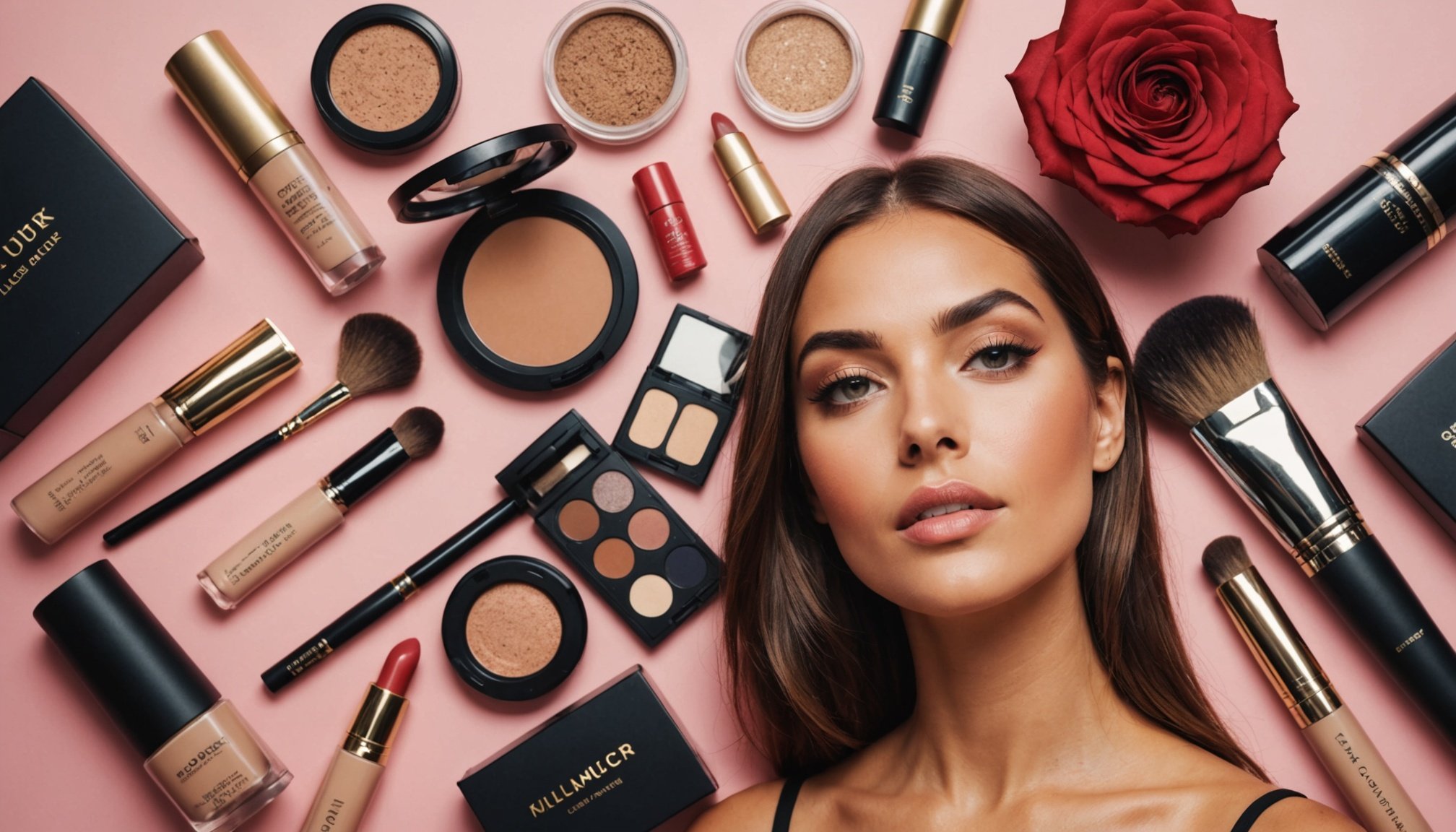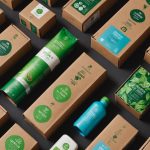Understanding Influencer Marketing in the Beauty Industry
In the ever-evolving world of the beauty industry, influencer marketing has become a pivotal strategy for brands to reach and engage their target audience. This method leverages individuals with substantial social media followings to promote beauty products, fostering authentic connections with consumers. The power of influencer marketing lies in its ability to create relatable content, which appears more genuine compared to traditional ads.
Focusing specifically on the UK market, the growth of influencer marketing within beauty brands has been remarkable. Over recent years, there has been a significant increase in the allocation of marketing budgets towards influencer campaigns. This surge is driven by the direct impact that influencers have on consumer purchasing decisions. In the UK, a market valued for its diversity and innovation, influencers play an essential role in shaping trends by showcasing products in their everyday routines.
Also to see : Top Strategies to Boost Customer Loyalty for Subscription Services in the UK
Successful beauty influencers share several key characteristics. Primarily, they possess genuine knowledge and passion for beauty products, which resonates with their followers. Additionally, their content tends to be visually appealing and consistently engaging. They often employ storytelling techniques to connect with their audience, resulting in trust and loyalty. As such, beauty brands increasingly collaborate with these influencers to enhance brand visibility and drive sales, solidifying the importance of influencer marketing in the beauty sector.
Innovative Tactics for Engaging Influencers
Cultivating relationships with influencers is crucial in the beauty niche. By implementing creative collaboration strategies, brands can achieve impactful influencer engagement.
Co-Creation of Products
One effective approach is involving influencers in the co-creation of beauty products. By partnering with influencers who resonate with your target audience, you not only gain insights into market preferences but also boost product credibility. This collaboration leverages the influencer’s authentic connection with their followers, increasing trust and excitement towards new launches.
Exclusive Events and Launches
Hosting exclusive events is another innovative tactic to engage influencers. Inviting them to premières or product launches enhances brand visibility, as influencers share their experiences with their audiences. This creates a buzz, reaching potential new customers. Notably, designing events that offer unique experiences or opportunities — such as behind-the-scenes tours — can further compel influencers to participate and promote your brand more passionately.
Leveraging User-Generated Content
Using user-generated content (UGC) is a cost-effective yet powerful way to strengthen brand authenticity. Encouraging influencers to share their personal experiences with your products can generate genuine content that resonates with potential customers. UGC not only serves as authentic testimonials but also enhances the social proof of your brand. Engaging influencers in these strategies fortifies a brand’s position in the competitive beauty niche.
Case Studies of Successful Campaigns
In the dynamic UK beauty industry, success stories of influencer campaigns provide valuable insights. Let’s explore some prominent examples to understand the ingredients of successful campaigns.
Campaign Analysis is crucial when examining how certain beauty brands have harnessed the power of influencers. By focusing on key metrics like engagement rates, reach, and conversion, brands can tailor their approaches effectively. A standout metric often observed is the genuine connection between influencers and their audiences, driving higher interaction and loyalty.
A noteworthy example comes from a beauty brand that masterfully utilized micro-influencers. Unlike bigger names, micro-influencers offer a more targeted reach with better engagement levels. For instance, a skincare company partnered with these influencers to promote its new line. By selecting individuals who were passionate and knowledgeable about skincare, the campaign thrived.
Key lessons learned from such campaigns include the value of authenticity and relevance. Micro-influencers share relatable content that resonates well with their followers, resulting in a more impactful message. Additionally, beauty brands focusing on these personal connections often witness enhanced brand visibility and trust.
By analyzing these campaigns, brands can glean crucial insights, setting the stage for success in an ever-evolving market.
Selecting the Right Influencers
Choosing the perfect influencer for your campaign involves more than just numbers. Let’s delve into Influencer Selection, Target Audience, and Brand Alignment.
Identifying Your Target Audience
Before diving into influencer partnerships, understand who your target audience is. Define clear demographics such as age, gender, location, and interests. This foundation will guide your strategy and ensure that the influencers chosen have genuine connections with the potential customers you wish to reach.
Evaluating Influencer Fit
Once your target audience is established, consider the compatibility of the influencer. Examine whether their values align with your brand’s message. This alignment is crucial to maintain authenticity and foster a genuine connection with your audience. Investigate past content and audience feedback to gauge their real influence.
Tools for Influencer Research
Employing the right tools can streamline influencer research. Platforms such as BuzzSumo, Traackr, and Social Blade provide insights into influencers’ reach and engagement. These tools can help identify ideal influencers and deliver data to back your decisions. By leveraging technology, brands can more effectively match with influencers who resonate with their audience and uphold brand values.
Measuring ROI in Influencer Marketing
To measure ROI in influencer marketing, brands need to define specific KPIs aligned with campaign goals. Metrics like engagement rates, website traffic increases, and conversion rates are crucial for evaluating effectiveness. ROI measurement in this context hinges on keen data analysis practices. Once data is collected, analyzing it helps discern patterns and insights that illuminate campaign success. It’s vital to distinguish between short-term and long-term returns.
For short-term outcomes, KPIs such as the immediate rise in sales or social media impressions may be assessed. However, long-term ROI involves evaluating the sustained brand awareness and loyalty driven by influencer marketing efforts. This requires tracking and analysing data over extended periods, often revealing more profound impacts like increased brand affinity or improved customer retention rates.
Integrating analytics into these initiatives involves employing tools and platforms that help capture and dissect important data. Brands should leverage platforms that offer real-time analytics and reporting features, enabling them to adjust strategies on the fly. This holistic approach not only measures ROI but also refines influencer selection, enhancing overall campaign efficacy. Ultimately, consistently tracking, reviewing, and adjusting these metrics fosters more informed, data-driven marketing strategies.
Trends Shaping the Future of Influencer Marketing
The influencer marketing landscape is rapidly evolving, and industry trends suggest exciting possibilities shaping its future trajectory. By focusing on future insights and the growing demands of beauty marketing, businesses can adapt to these shifts.
Sustainability and Ethical Influencing
Sustainability is increasingly pivotal, resonating with consumers and brands aiming for social responsibility. This industry trend is encouraging influencers to adopt eco-friendly practices and promote brands sharing these values. Ethical influencing is not just a trend but a demand, as followers seek authentic recommendations from transparent sources.
Rise of Video Content
The ascent of video content continues unabated, becoming central to engaging audiences dynamically. Platforms like TikTok and Instagram Reels highlight this shift towards video-centric future insights. Visual storytelling through live streams, tutorials, and vlogs allows brands to reach audiences more effectively than static images, revolutionising beauty marketing strategies.
The Impact of AI on Influencer Selection
Artificial Intelligence is revolutionising how businesses select and collaborate with influencers. By utilising data-driven insights, AI can predict influencer success, ensuring optimised partnerships. Brands can leverage AI to identify the most relevant influencers for their campaigns, aligning with industry trends that demand precision and strategic targeting. This ensures that marketing efforts are more efficient and effective, enhancing the overall impact within the beauty sector.











